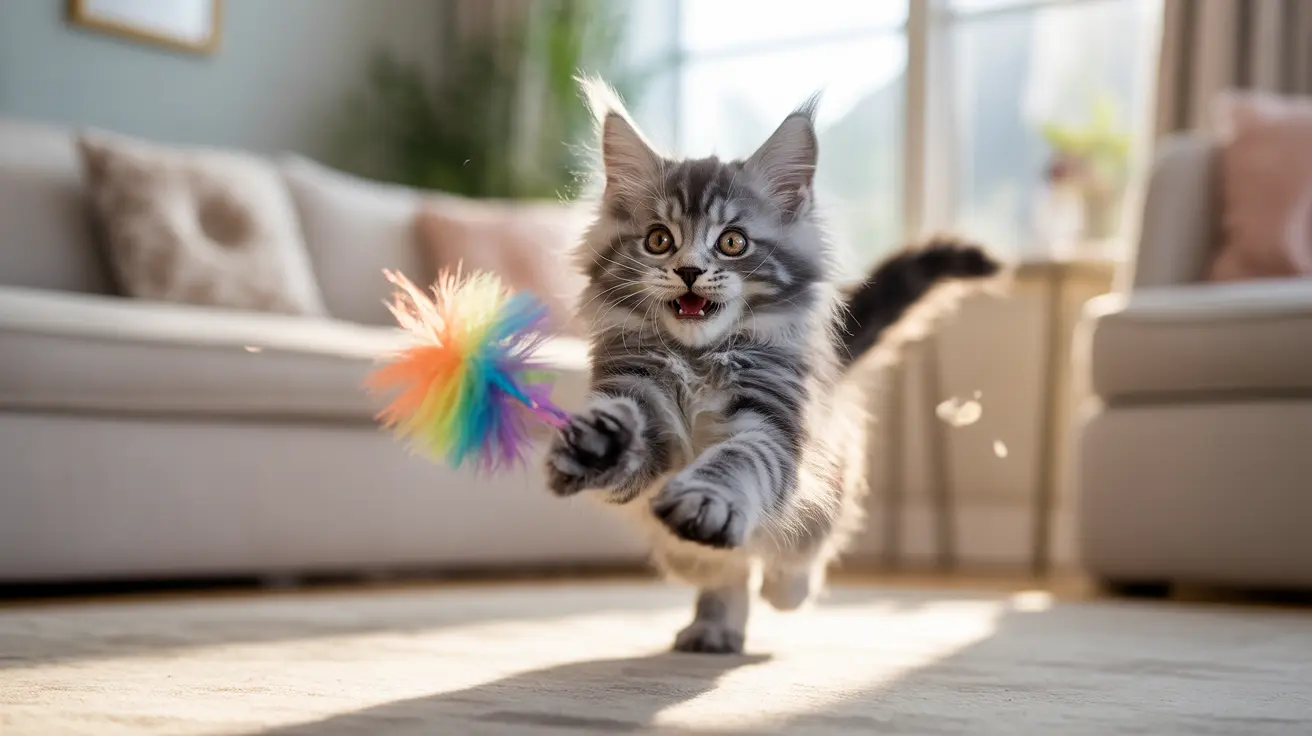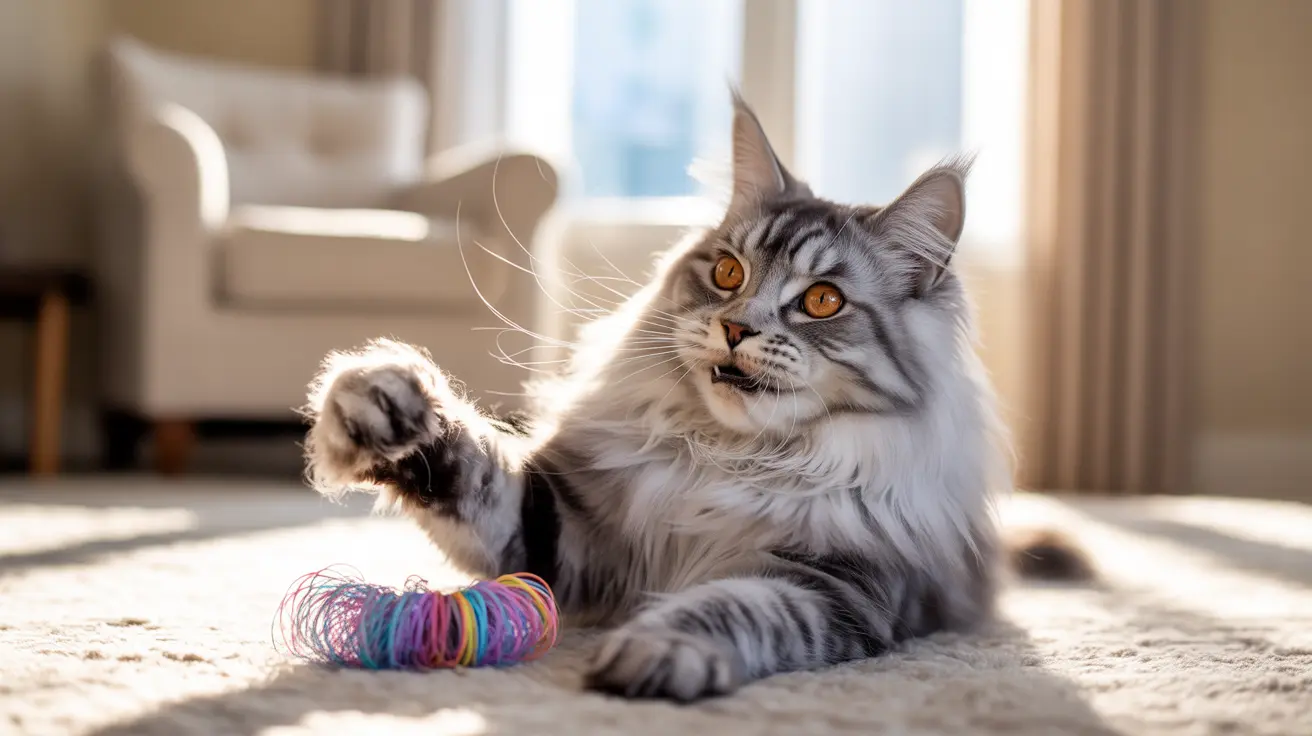Why Do Cats Hate Aluminum Foil?
If you've ever placed a sheet of aluminum foil on your kitchen counter and watched your cat's reaction, you know it's usually dramatic. Most cats will leap away, avoid the area, or even freeze in confusion. But what's behind this strong aversion to such a common household item?
The Texture Factor
Cats are highly sensitive to the textures they walk on. Their paw pads contain many nerve endings that help them navigate their environment with precision. When a cat steps onto aluminum foil, the slick, uneven surface feels strange and uncomfortable compared to familiar materials like carpet or tile. Many cats recoil at the sensation, preferring to stay away from the area altogether.
The Startling Sound
Aluminum foil makes a distinctive crinkling noise when touched or moved. For a cat—whose hearing is much sharper than a human's—this sudden, unpredictable sound can be startling or even frightening. Cats rely on quiet environments to feel secure, so the loud rustle of foil disrupts their sense of safety.
Unfamiliarity and Instinct
Cats are creatures of habit who thrive on routine and predictability. Introducing something new (like a sheet of shiny foil) into their territory can trigger caution or avoidance. They may view the reflective surface as an unknown hazard, prompting them to steer clear rather than investigate further.
Common Uses for Aluminum Foil in Cat Households
- Counter deterrent: Many people place sheets of aluminum foil on countertops to keep cats from jumping up where they're not wanted.
- Furniture protector: Some use foil to discourage scratching on couches or chairs by covering vulnerable spots.
- Training aid: Temporarily placing foil in off-limits areas can help teach boundaries without physical punishment.
Cats quickly associate these areas with discomfort or unpleasant noise and learn to avoid them.
Are All Cats Bothered by Foil?
Not every cat reacts the same way. Some may be less sensitive and show curiosity instead of fear, but most will still hesitate before walking on it. Factors like age, temperament, and previous experiences all play a role in how a particular cat responds.
Is It Safe?
Using aluminum foil as a deterrent is generally safe when used temporarily and under supervision. However, it's important not to leave large pieces where a cat might chew or ingest them, as this could pose health risks.
Other Deterrents for Cat Owners
- Tape (sticky side up)
- Citrus scents (which many cats dislike)
- Plastic mats with soft nubs
If you're looking for alternatives to foil, these options can also help keep your feline friend off certain surfaces without causing harm.
The Science Behind Cat Sensitivity
Cats' acute senses evolved for survival in the wild. Their heightened hearing helps them detect prey—or potential threats—while sensitive paws provide detailed feedback about their environment. Unusual stimuli like crinkly foil trigger caution because they fall outside normal experience.
Avoiding Stress for Your Cat
If you use aluminum foil as a deterrent, make sure your cat has plenty of safe spaces and positive experiences elsewhere in your home. Too much exposure to stressors can lead to anxiety or behavioral issues over time.
- Create cozy resting spots away from deterrents
- Offer toys and enrichment activities
- Reward calm behavior with treats or affection
This balanced approach helps your pet feel secure while respecting boundaries you've set around your home.





